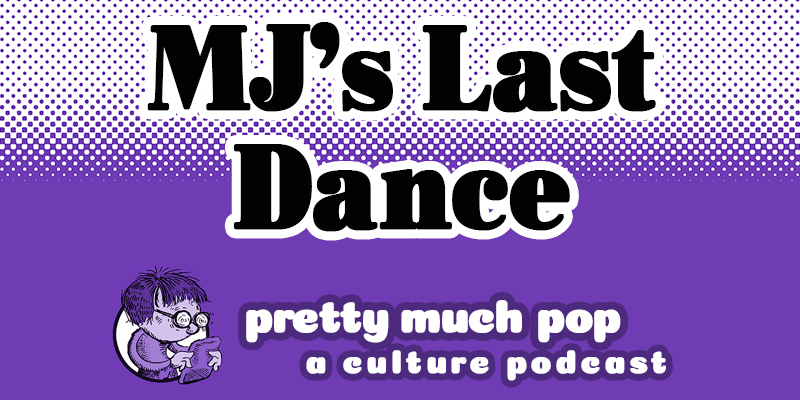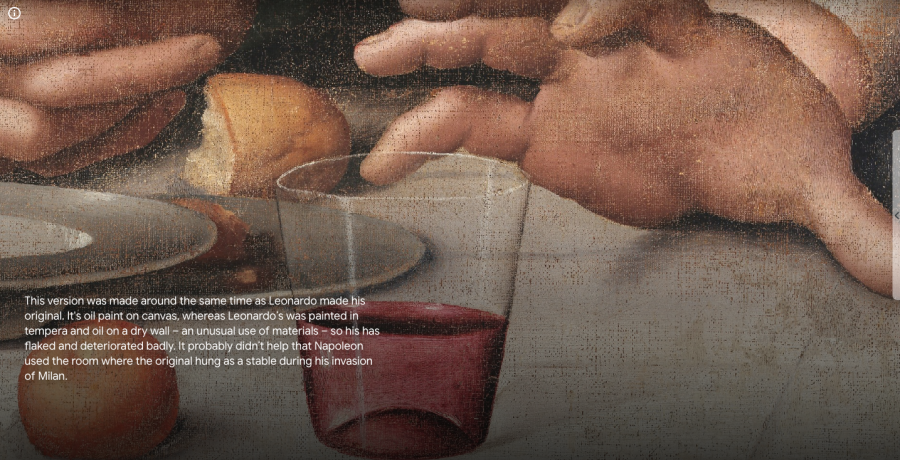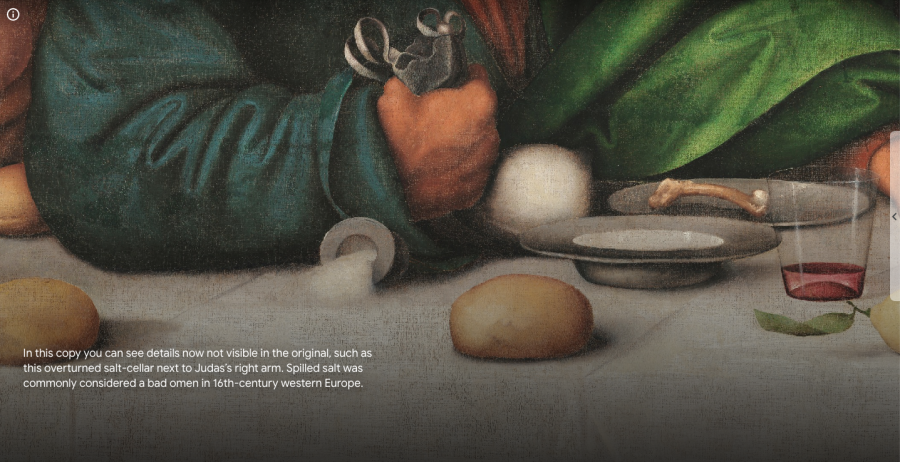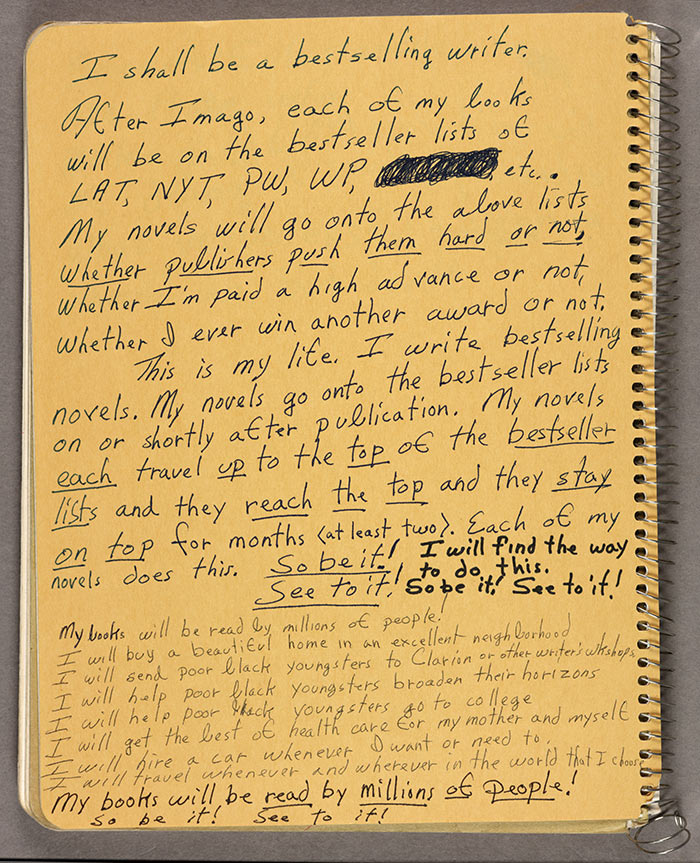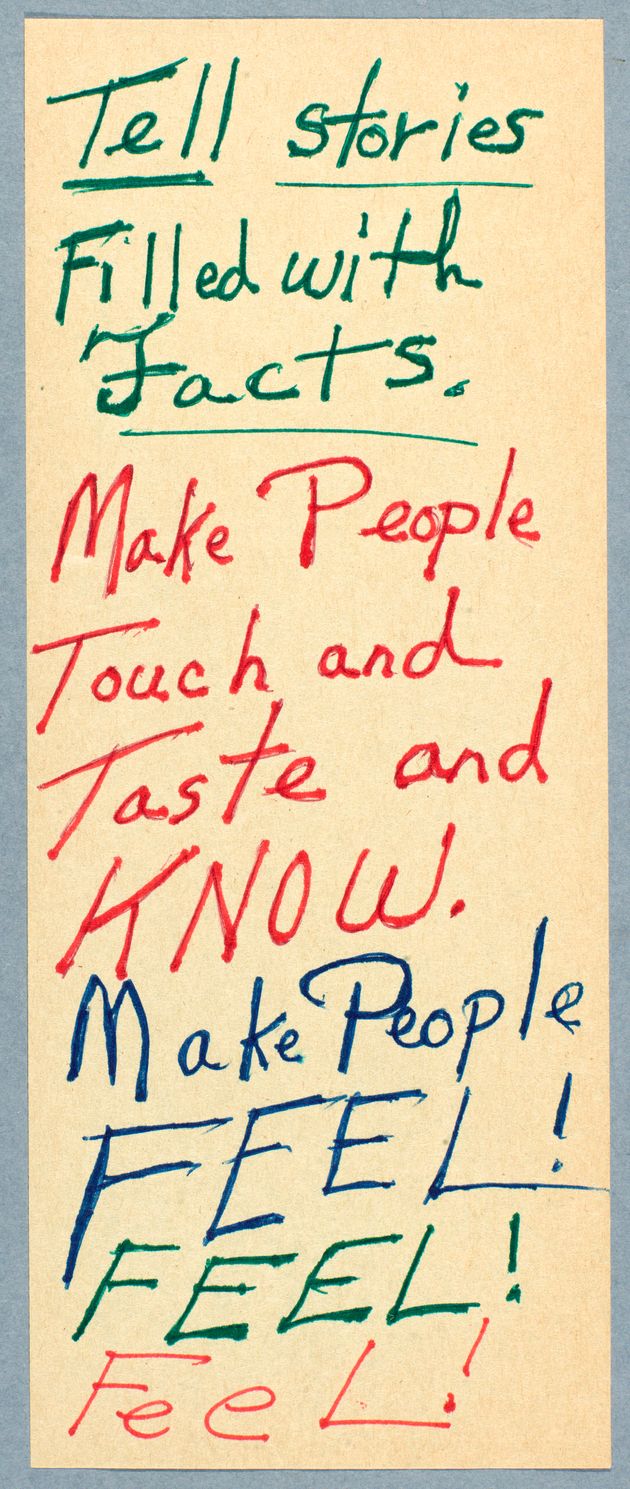It feels cosmically ironic that Great American Songwriter John Prine died of COVID-19 in early April, just before the U.S. response to the virus was developing into what may well be the Greatest Political Folly most Americans have ever witnessed in their lifetimes. Mass death for profit and power, colossal stupidity and bullying ignorance—these were just the kinds of things that got Prine’s wheels turning. His thoughts became folk poetry with teeth.
Prine’s targets included the conservative demonization of single mothers in “Unwed Fathers,” who “can’t be bothered,” he sang, “They run like water, through a mountain stream.” In 1971, he told belligerent American nationalists “Your Flag Decal Won’t Get You into Heaven Anymore,” in a song he’d actually written in the late 60s, calling out America’s “dirty little war.” He revisited this evergreen anti-war theme in 2005’s “Some Humans Ain’t Human,” a song that angered many fans. While Prine’s explicitly political songs are only a small part of his catalogue, his lyricism always clearly reflected his beliefs.
“Bestowing dignity on the overlooked and marginalized was a common theme throughout Prine’s career,” writes Annie Zaleski in an NPR Music tribute. “He became known for detailed vignettes about ordinary people that illustrated truths about society.” His mastery of this form made him the ultimate songwriter’s songwriter. But while he won two Grammys and several other distinguished awards, “inductions into multiple songwriter halls of fame,” notes Eli Enis at Consequence of Sound, “and gushing praise from peers like Bob Dylan, Bruce Springsteen, and Tom Petty,” Prine never had a No. 1 hit, until now—in a final irony he would have appreciated—with his posthumous release, “I Remember Everything.”
The song came out on June 11 and this week “debuted at the top of the Rock Digital Song Sales chart, making it the highest-charting single of the late legend’s entire career.” It showcases Prine’s ability to make the personal reflect larger social realities he may never have seen coming but somehow tuned into nonetheless. In this case, the subject is a man who knows he’s out of time and wants to savor every memory before he goes. Written with longtime collaborator Pat McLaughlin, the lyrics are gorgeously bittersweet, touching the depths of loss and reckoning with mortality.
Prine’s performance at the top was recorded last year by Grammy-winning producer Dave Cobb. “Given that Prine passed away back in April following a battle with coronavirus, the song’s life-spanning, self-reflective lyrics are achingly prescient,” writes Enis. And it’s “almost too on-the-nose that the track was presented in a home performance context, months before that setup would become normalized for a world in quarantine.” Prine always had an “uncanny ability to address (if not predict) the societal and political zeitgeist,” Zaleski wrote in April. No matter how ugly the zeitgeist was, he never let it dull his wit or cloud his eye for beauty.
I Remember Everything
I’ve been down this road before
I remember every tree
Every single blade of grass
Holds a special place for me
And I remember every town
And every hotel room
And every song I ever sang
On a guitar out of tuneI remember everything
Things I can’t forget
The way you turned and smiled on me
On the night that we first met
And I remember every night
Your ocean eyes of blue
How I miss you in the morning light
Like roses miss the dewI’ve been down this road before
Alone as I can be
Careful not to let my past
Go sneaking up on me
Got no future in my happiness
Though regrets are very few
Sometimes a little tenderness
Was the best that I could doI remember everything
Things I can’t forget
Swimming pools of butterflies
That slipped right through the net
And I remember every night
Your ocean eyes of blue
How I miss you in the morning light
Like roses miss the dewHow I miss you in the morning light
Like roses miss the dew
Related Content:
Bill Murray Explains How He Was Saved by John Prine
Josh Jones is a writer and musician based in Durham, NC. Follow him at @jdmagness
